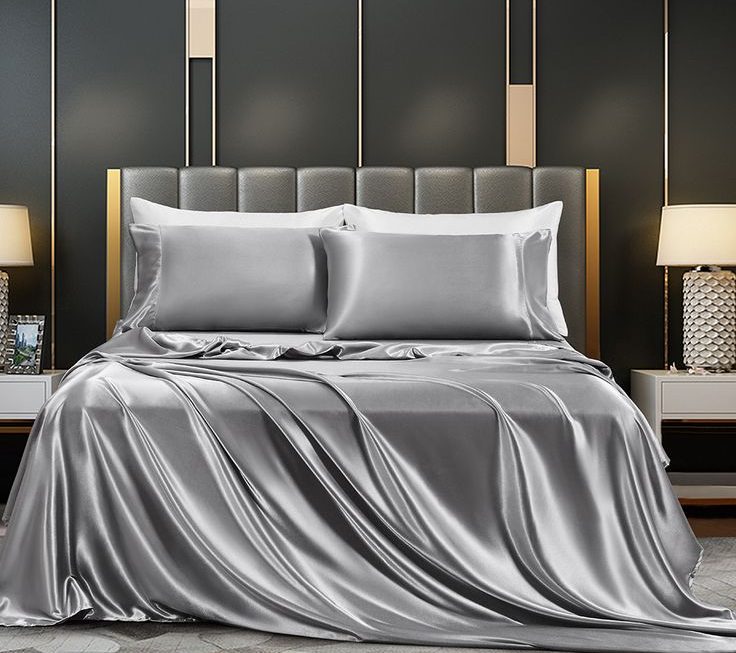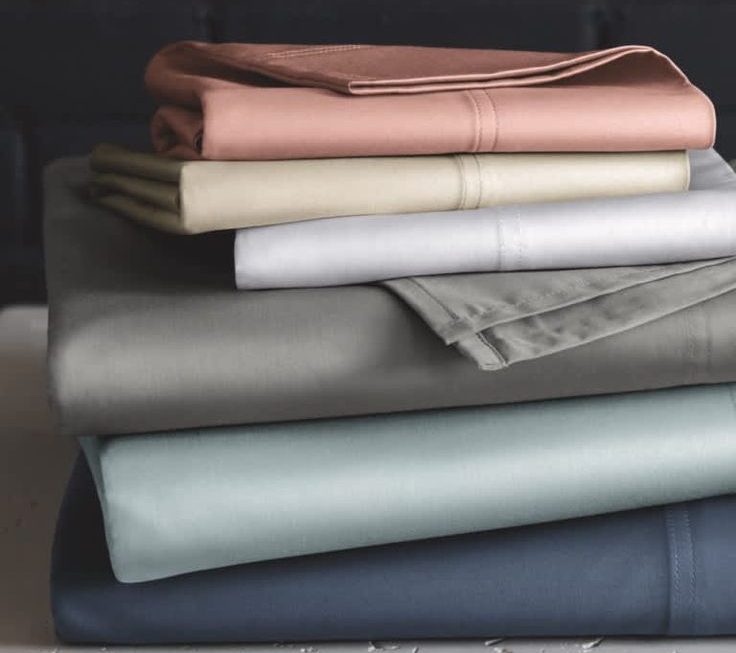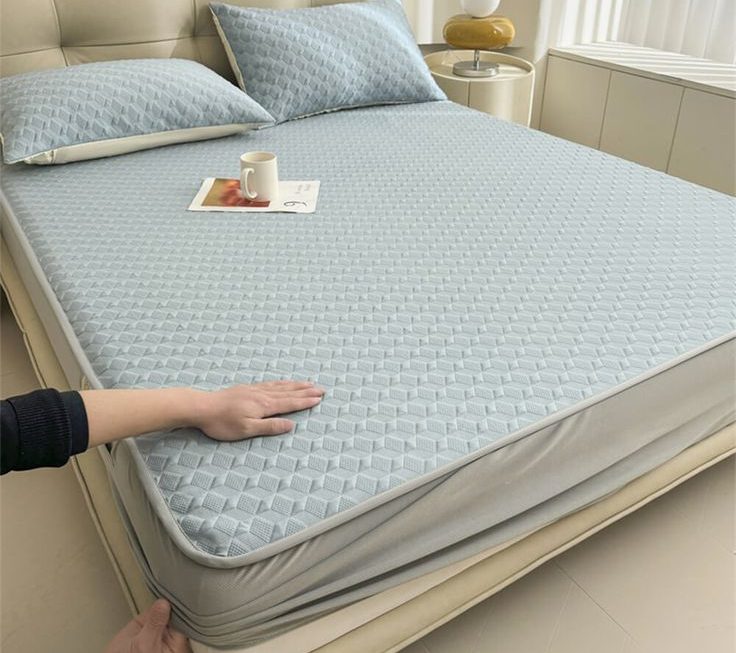The Science Behind Baking Soda as a Carpet Cleaner
Understanding why baking soda works for cleaning carpets is crucial for effective use. Its scientific name is sodium bicarbonate, and its natural composition boasts several properties ideal for carpet care.
Here’s the breakdown of its cleaning power:
- Natural Deodorizer: Baking soda neutralizes odors by balancing pH levels. It turns acidic odor molecules, which are generally the source of the bad smell, into a neutral state. This change stops the odor from emitting a foul smell.
- Mild Abrasive: The tiny granules of baking soda are soft yet abrasive enough to dislodge particles from carpet fibers without causing damage. This helps lift dirt and grime during the cleaning process.
- Moisture Absorber: Baking soda can absorb excess moisture from the carpet, which is particularly helpful for damp spots or spills. It draws out moisture, reducing the risk of mold or mildew formation.
- Eco-Friendly: As an environmentally friendly option, it’s non-toxic and safe for homes with children and pets. You don’t have to worry about harmful chemicals affecting your indoor air quality.
- Cost-Effective: Baking soda is a budget-friendly alternative to many commercial carpet cleaners, and because it’s often available in large quantities, it provides an economical solution to carpet maintenance.
Using baking soda for carpet cleaning doesn’t just hide problems — it tackles them head-on, leaving your carpets genuinely cleaner and fresher. By keeping these scientific factors in mind, you can optimize your carpet cleaning routine using this common household product.
Pre-Cleaning Steps: Vacuuming the Carpet
Before diving into baking soda treatment, vacuuming is essential. Here are simple steps to ensure proper pre-cleaning:
- Remove Large Debris: Pick up any visible scraps, toys, or larger items off the carpet.
- Vacuum Slowly: Move the vacuum cleaner slowly across the carpet. This increases suction and lifts more dirt.
- Use Attachments: Utilize the vacuum’s hose and brush attachments to clean edges and corners.
- Vacuum in Sections: Break the carpet area into sections. Vacuum each section thoroughly before moving on.
- Check for Dampness: If the carpet is wet or damp, hold off on vacuuming until it dries.
A clean canvas is key when aiming to deodorize carpets effectively. Ensuring all loose dirt and dust are gone helps baking soda penetrate fibers deeper for better odor neutralization.

Applying Baking Soda: Techniques for Even Distribution
Even distribution of baking soda is critical for maximum effectiveness. Here are tips to help you apply baking soda evenly across your carpet:
- Use a Shaker: Transfer baking soda into a shaker or sieve for uniform application. A kitchen flour sifter works well for this purpose.
- Divide the Carpet: Break down the area into smaller sections. Treat one section at a time to ensure coverage.
- Sprinkle Methodically: Start from one corner and move in a methodical pattern. This ensures no spot is missed or overly saturated.
- Work it In: After sprinkling, use a dry brush to gently work the baking soda deeper into the carpet fibers. A soft-bristled brush is best to avoid damage.
- Avoid Clumps: Ensure the baking soda is free of lumps. Clumps can prevent proper penetration and may not absorb odors effectively.
- Check the Consistency: If areas look bare, add more baking soda. If it’s too thick, use your hand or a tool to spread it out more.
Remember, even application is the key to deodorizing and lifting dirt from your carpets with baking soda. Follow these simple steps for the best results.

Treating Stain and Odor Spots with Baking Soda Paste
For tough carpet spots, a baking soda paste can be more effective. Here’s how to make and use it:
- Create the Paste: Mix baking soda with a little water to form a thick paste.
- Apply to Stain: Spread the paste over the stained area. Use enough to cover the spot.
- Let It Sit: Allow the paste to dry. This could take a few hours.
- Scrub Gently: Once dry, use a soft brush to lightly scrub the area.
- Vacuum Up: After scrubbing, vacuum the residue away.
A baking soda paste can lift stubborn stains and neutralize deep-set odors. Always do a spot test first to avoid damaging your carpet.
The Waiting Game: Optimal Duration for Baking Soda on Carpets
After applying baking soda, the question often arises: how long should you leave it on the carpet? Timing is crucial to maximizing its deodorizing and cleaning effectiveness. Here are key points to consider for optimal duration:
- Short Wait for Light Odors: For mild smells, a wait of about 15-30 minutes may suffice.
- Extended Wait for Strong Odors: If the carpet has strong odors or is heavily soiled, leaving the baking soda for several hours, or even overnight, allows it to absorb and neutralize the smells more effectively.
- Check for Moisture: If the carpet is damp, a longer waiting period can help absorb the excess moisture, but always ensure the carpet is not overly wet before application.
- Time for Stains: For stains, apply a baking soda paste and let it sit until it dries fully before vacuuming. This might take a few hours.
- Be Mindful of Carpet Type: Some carpets with delicate fibers may need a shorter sitting time to prevent damage.
Remember, the longer baking soda sits on your carpet, the more odors and moisture it will absorb, leading to fresher, cleaner carpets. Still, it’s essential to balance this against the risk of potential damage to delicate fibers or moisture retention that could lead to mold or mildew. Always start with a small test area to ensure the best outcome for your specific carpet type.
Vacuuming After Baking Soda Treatment: Best Practices
After leaving baking soda on your carpet, it’s time to vacuum. Here are best practices to follow:
- Vacuum Slowly: Move the vacuum cleaner slowly to pick up all the baking soda.
- Check for Residue: Ensure no baking soda residue remains. If you find any, go over the area again.
- Empty the Vacuum: After vacuuming, empty the canister or replace the bag to prevent clogging.
- Inspect the Carpet: Look for any missed spots or areas that may need another treatment.
By vacuuming thoroughly after baking soda treatment, you maintain your carpet’s cleanliness and extend its life. Proper vacuuming ensures all the lifting work baking soda has done is not wasted.

Addressing Tougher Carpet Odors and Stains
When dealing with strong carpet odors and stubborn stains, ordinary cleaning methods may fall short. Here are additional steps to tackle these challenging issues using baking soda:
- Do a Second Application: If odors persist after the initial treatment, apply a second layer of baking soda. This can help absorb any remaining smells.
- Make a Baking Soda and Vinegar Solution: For tough stains, try mixing baking soda with vinegar. Apply the mixture to the stain, and let it fizz and sit for a few minutes before blotting.
- Use a Steam Cleaner: After a baking soda treatment, using a steam cleaner can help lift deeper stains that the baking soda has loosened.
- Create a Potent Mixture: Mix baking soda with essential oils for added freshness. Choose oils like lavender or lemon for a pleasant scent.
- Test for Colorfastness: Always test a small, hidden area of your carpet first. This ensures baking soda won’t discolor or damage the fibers.
- Consider Professional Cleaning: For extremely tough stains and odors, professional cleaning might be necessary. They have the tools and expertise to deal with severe issues.
By using these targeted approaches for difficult stains and odors, you can restore your carpet’s freshness. Baking soda, often coupled with other household items like vinegar, can be a potent cleaner for most carpet woes.
Tips for Maintaining a Fresh and Clean Carpet
Keeping a carpet clean and odor-free requires regular maintenance. Here are some simple tips to help ensure your carpet remains fresh:
- Regular Vacuuming: Vacuum your carpets at least once a week. More often in high-traffic areas.
- Immediate Spill Cleanup: Tend to spills promptly to prevent stains from setting in.
- Use Door Mats: Place mats at entryways to reduce dirt being tracked onto the carpet.
- No Shoes Policy: Encourage a no-shoes policy indoors to keep carpets clean.
- Proper Ventilation: Ensure good airflow. This helps in moisture and odor control.
- Professional Cleaning: Schedule annual professional cleanings for deep removal of dirt and bacteria.
- Sunlight Exposure: Occasionally let sunlight reach the carpet. It naturally disinfects and deodorizes.
Implementing these practices will help you prolong the life of your carpet and keep it looking and smelling fresh.



